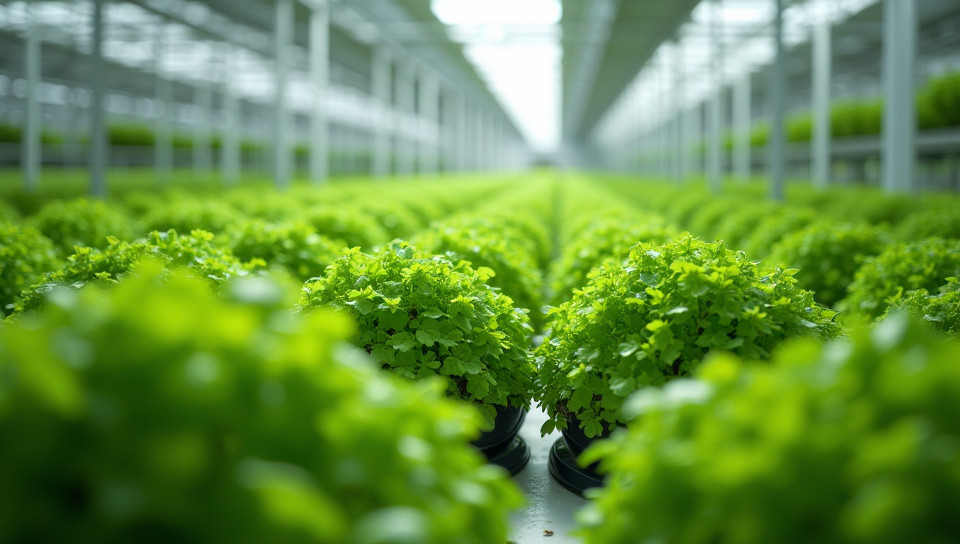Hydroponic nutrient management is challenging 70%

The Delicate Art of Hydroponic Nutrient Management
As the world's population continues to grow, finding efficient and sustainable ways to produce food has become increasingly important. One method that has gained popularity in recent years is hydroponics – a soilless cultivation technique where plants are grown in a nutrient-rich solution rather than soil. While hydroponics offers many benefits, including increased crop yields and reduced water consumption, it also presents unique challenges – particularly when it comes to managing nutrients.
Understanding the Basics of Hydroponic Nutrient Management
Hydroponic systems rely on a precise balance of essential nutrients to support plant growth. These nutrients include macronutrients like nitrogen, phosphorus, and potassium, as well as micronutrients such as iron, zinc, and boron. When these elements are not present in the right quantities, it can lead to deficiencies that stunt plant growth or even cause crop failure.
The Risks of Over- and Under-Nutrition
One of the primary challenges in hydroponic nutrient management is avoiding over- and under-nutrition. Too little of a particular nutrient can limit plant growth, while too much can be toxic. For example:
- A nitrogen deficiency can lead to yellowing leaves and stunted growth.
- Excessive phosphorus can cause root burn and reduced yields.
Balancing pH Levels
Another crucial aspect of hydroponic nutrient management is maintaining optimal pH levels. Most plants thrive in a slightly acidic to neutral environment, but this can vary depending on the specific crop. If the pH becomes too extreme, it can lead to nutrient deficiencies or toxicity – making it essential to monitor and adjust pH levels regularly.
Monitoring and Adjusting Nutrient Levels
To ensure optimal plant growth, it's essential to regularly test and adjust nutrient levels in the hydroponic solution. This involves:
- Measuring electrical conductivity (EC) to determine nutrient concentration.
- Analyzing plant tissue samples for nutrient deficiencies or excesses.
- Adjusting nutrient doses based on plant responses and environmental factors.
Conclusion
Hydroponic nutrient management is a delicate art that requires attention to detail, regular monitoring, and adjustments. By understanding the basics of hydroponic systems, recognizing the risks of over- and under-nutrition, balancing pH levels, and continuously monitoring and adjusting nutrient levels, growers can optimize plant growth and achieve high yields in their hydroponic operations. Effective nutrient management is key to unlocking the full potential of hydroponics – making it a crucial aspect of this sustainable cultivation method.
- Created by: Juliana Oliveira
- Created at: Feb. 1, 2025, 4:46 p.m.
- ID: 19899



